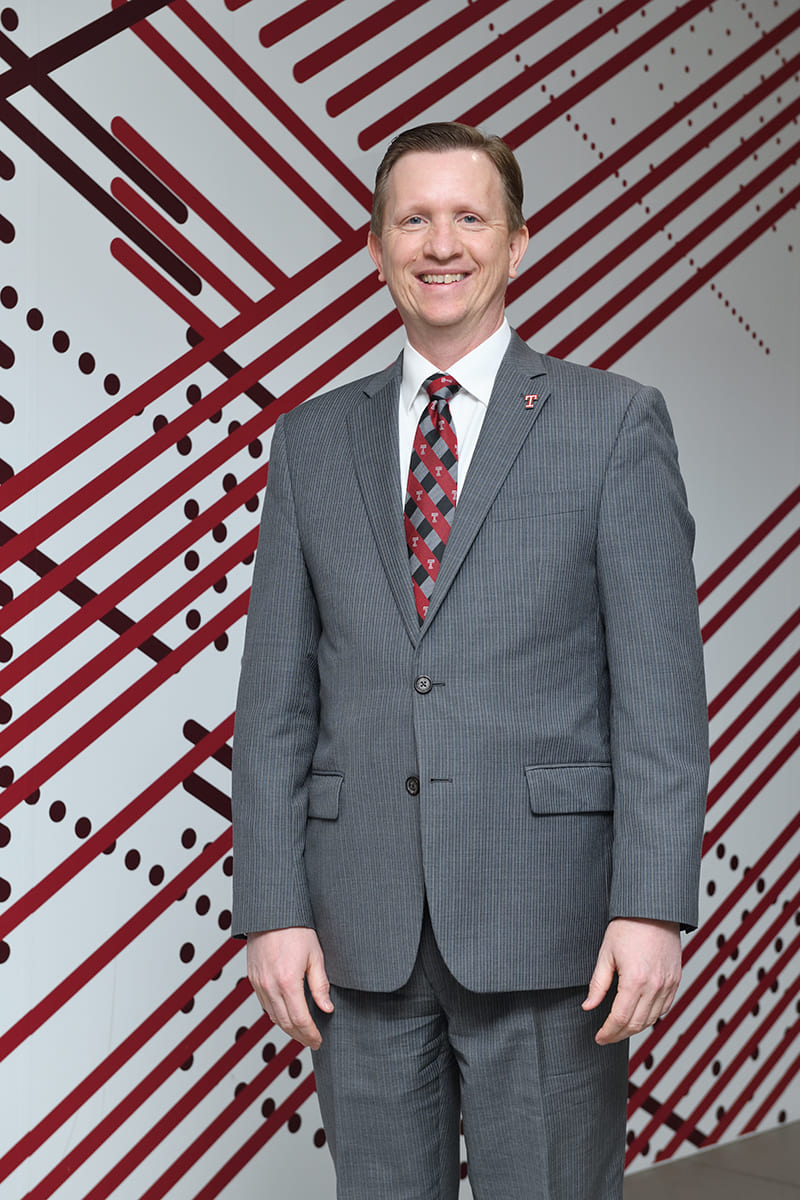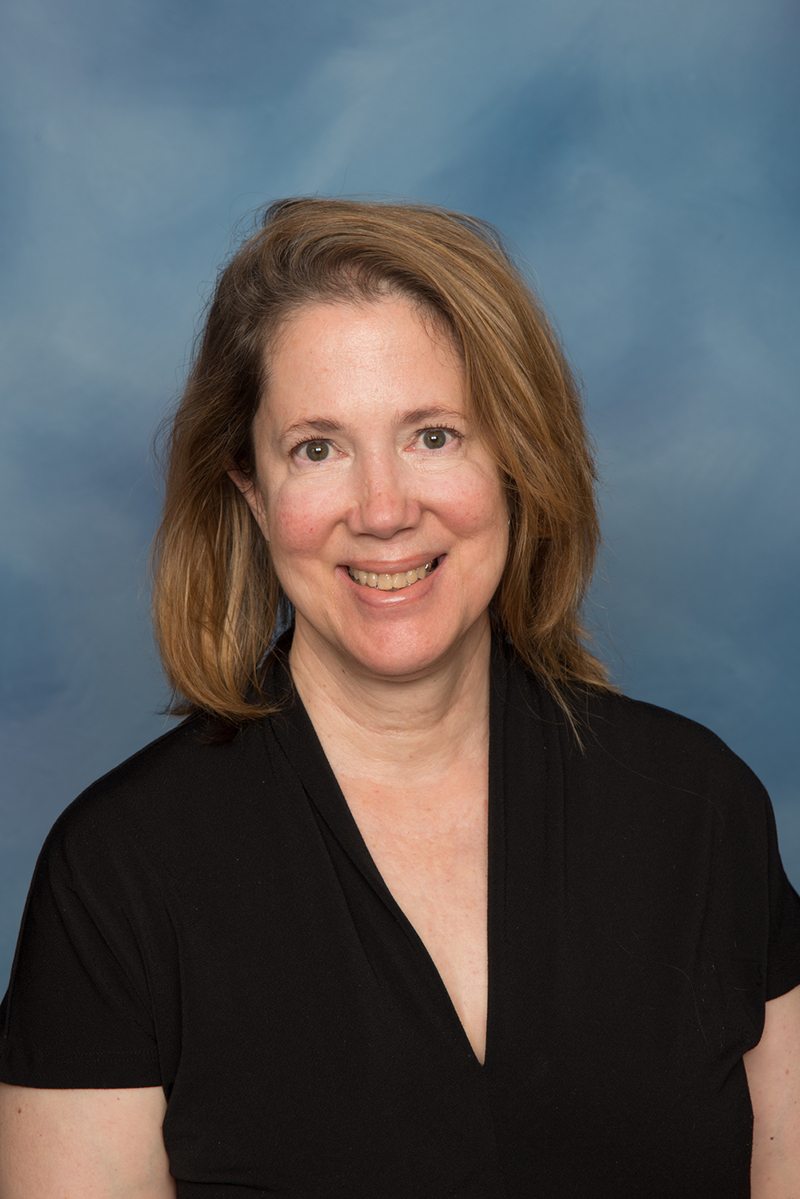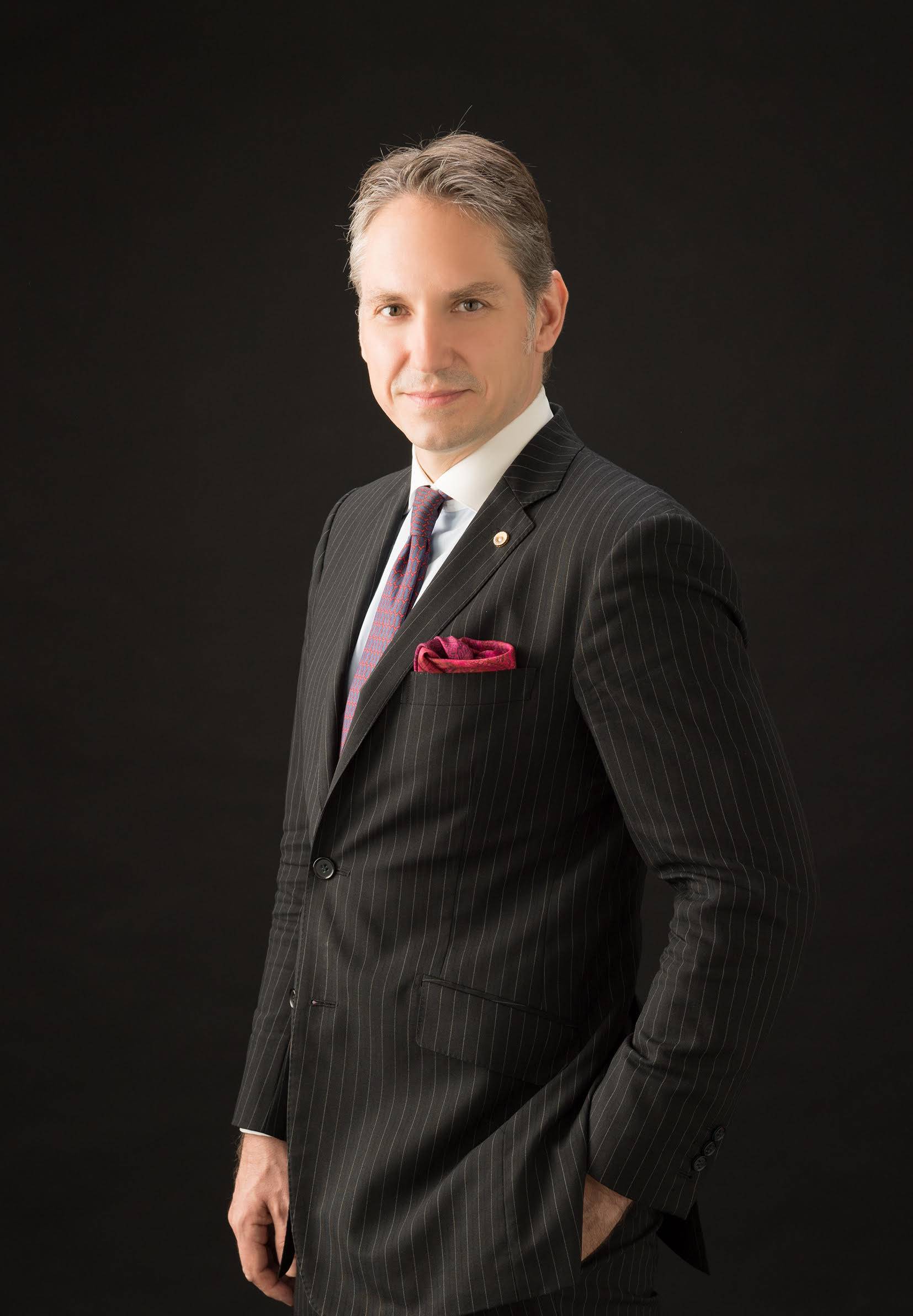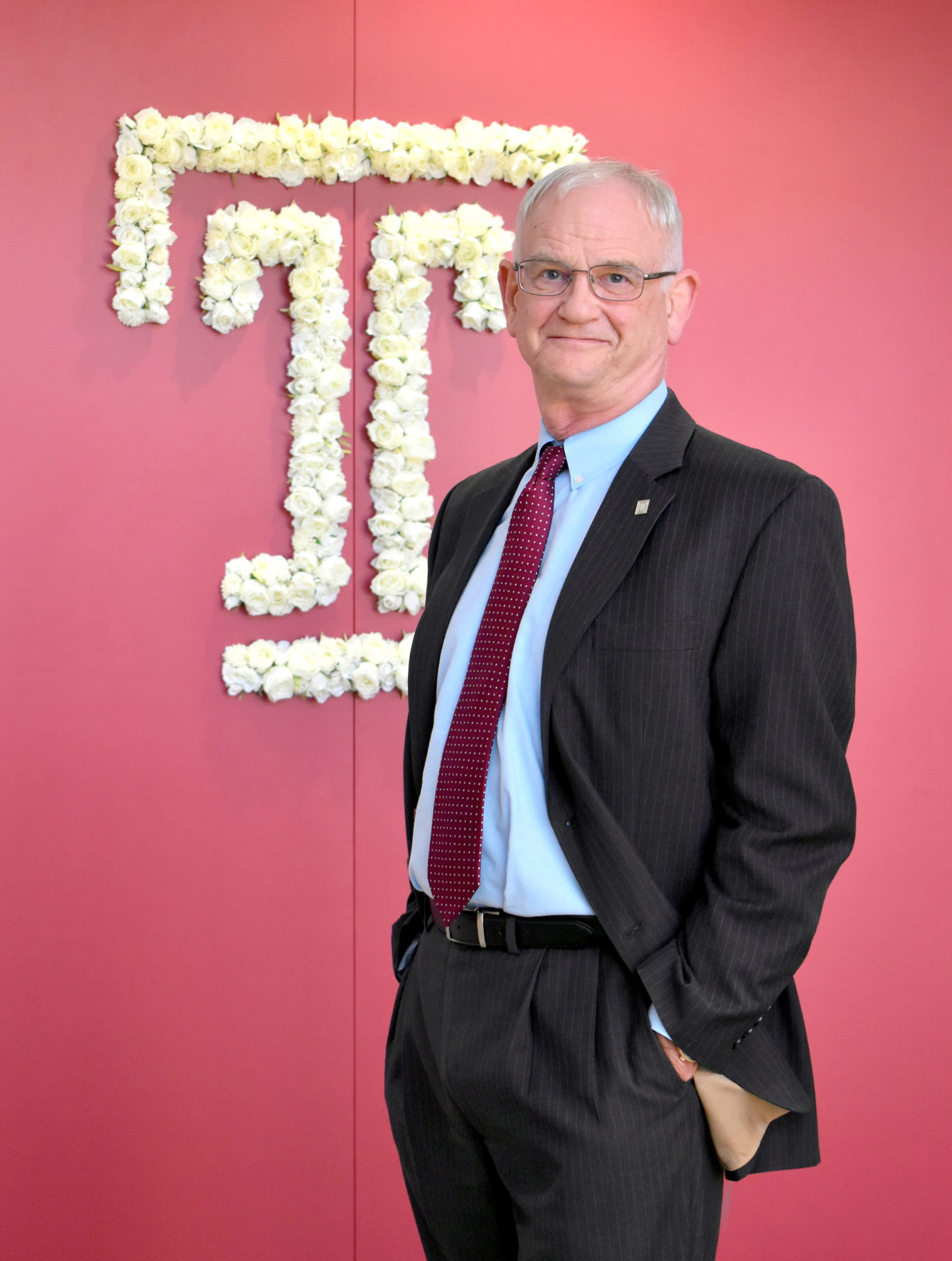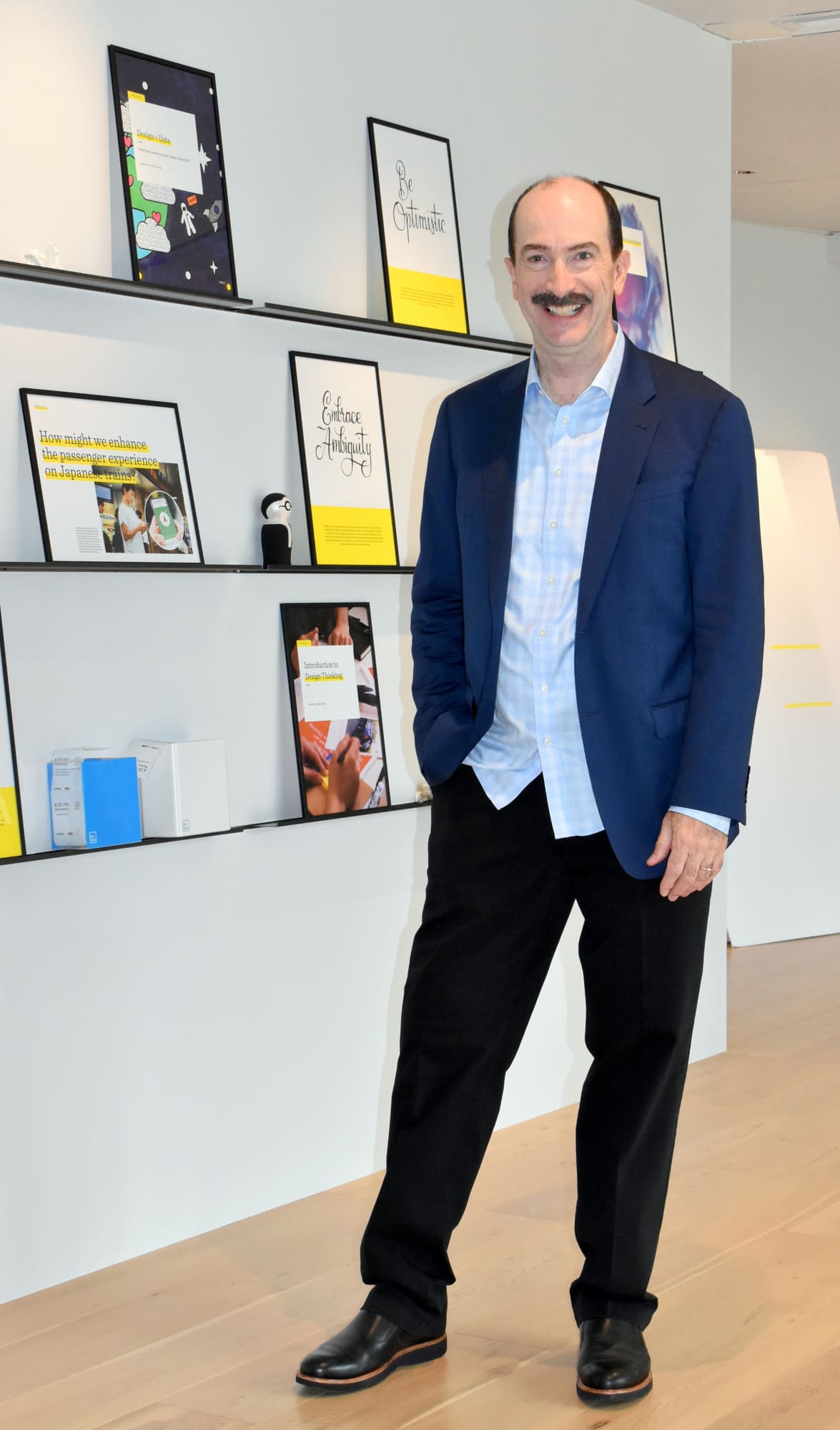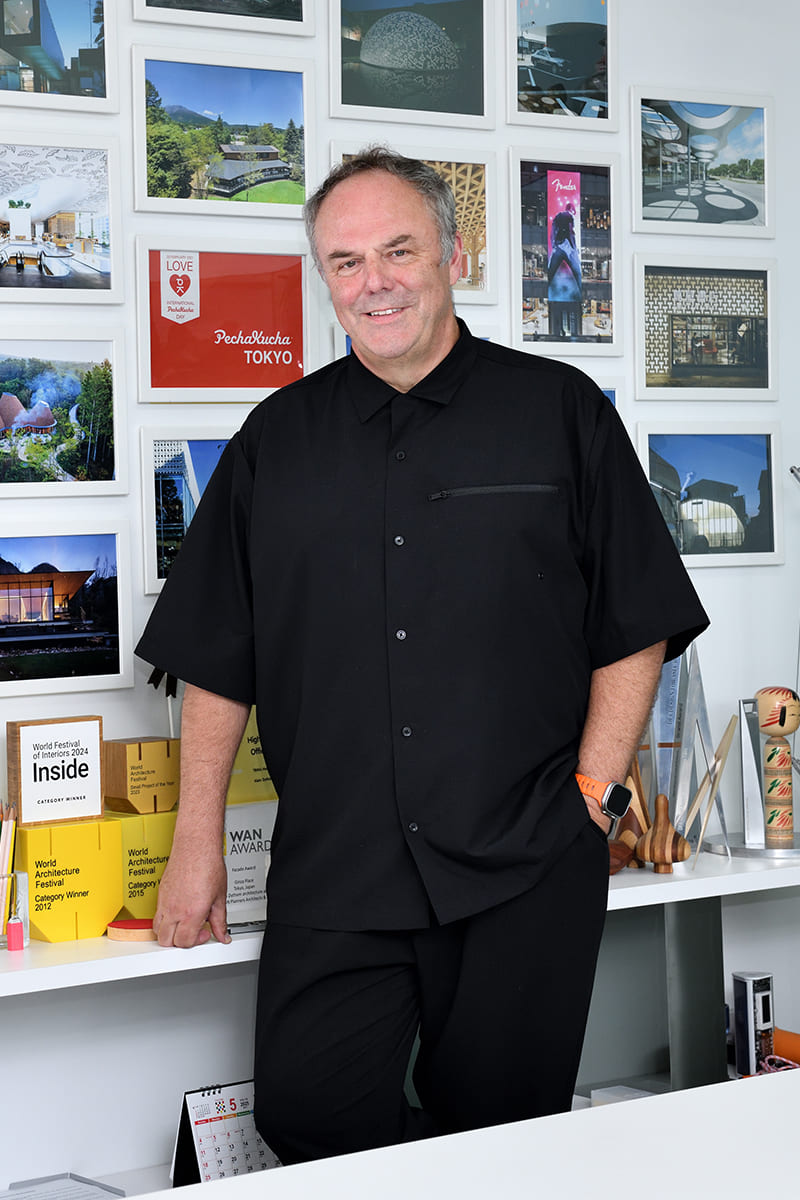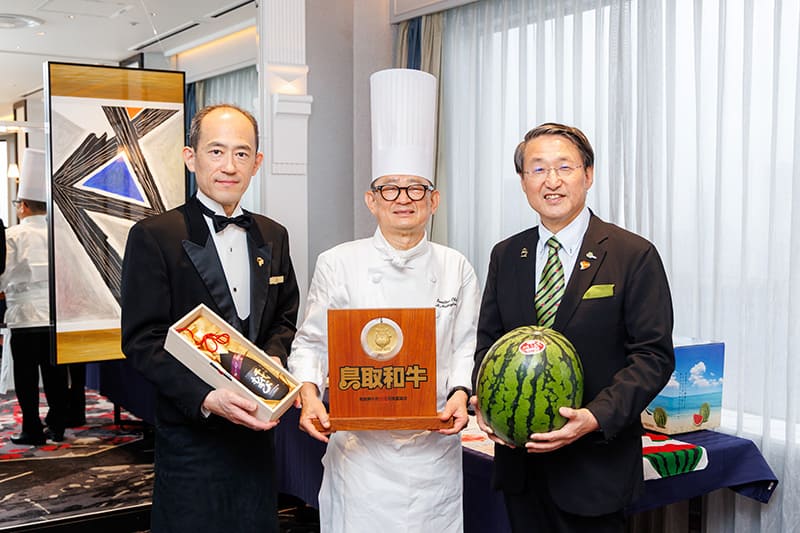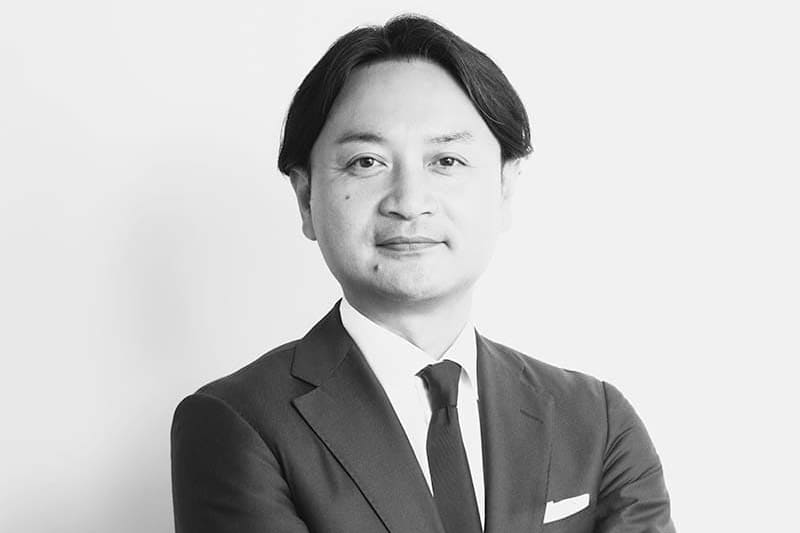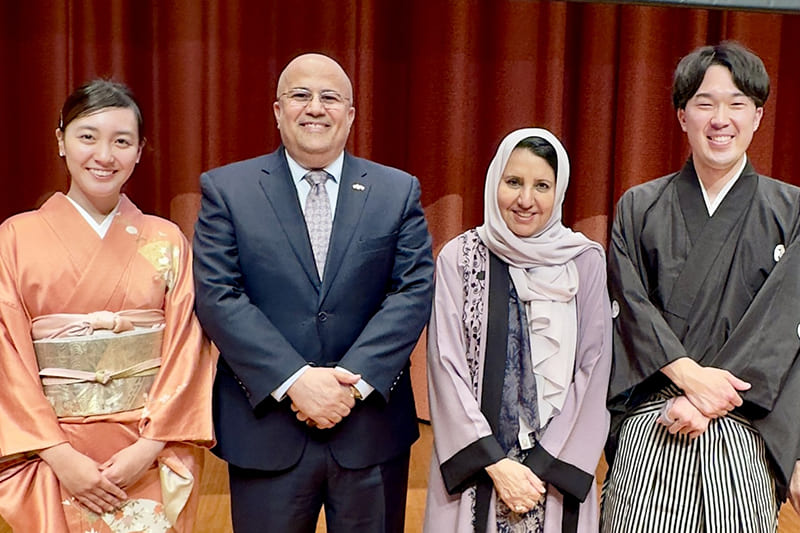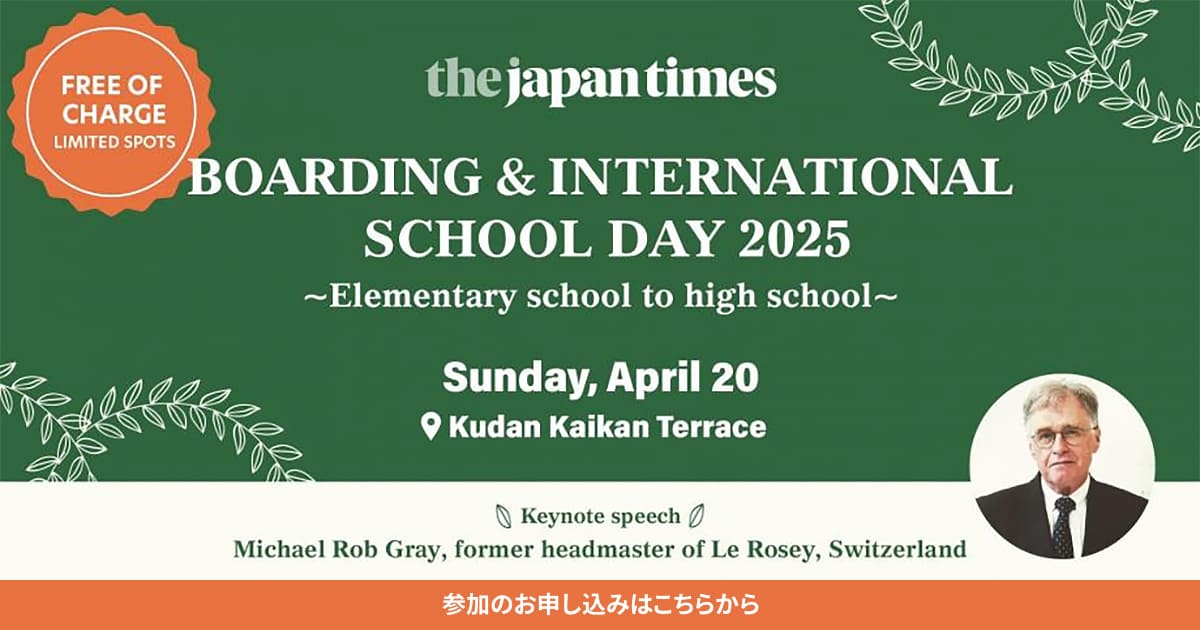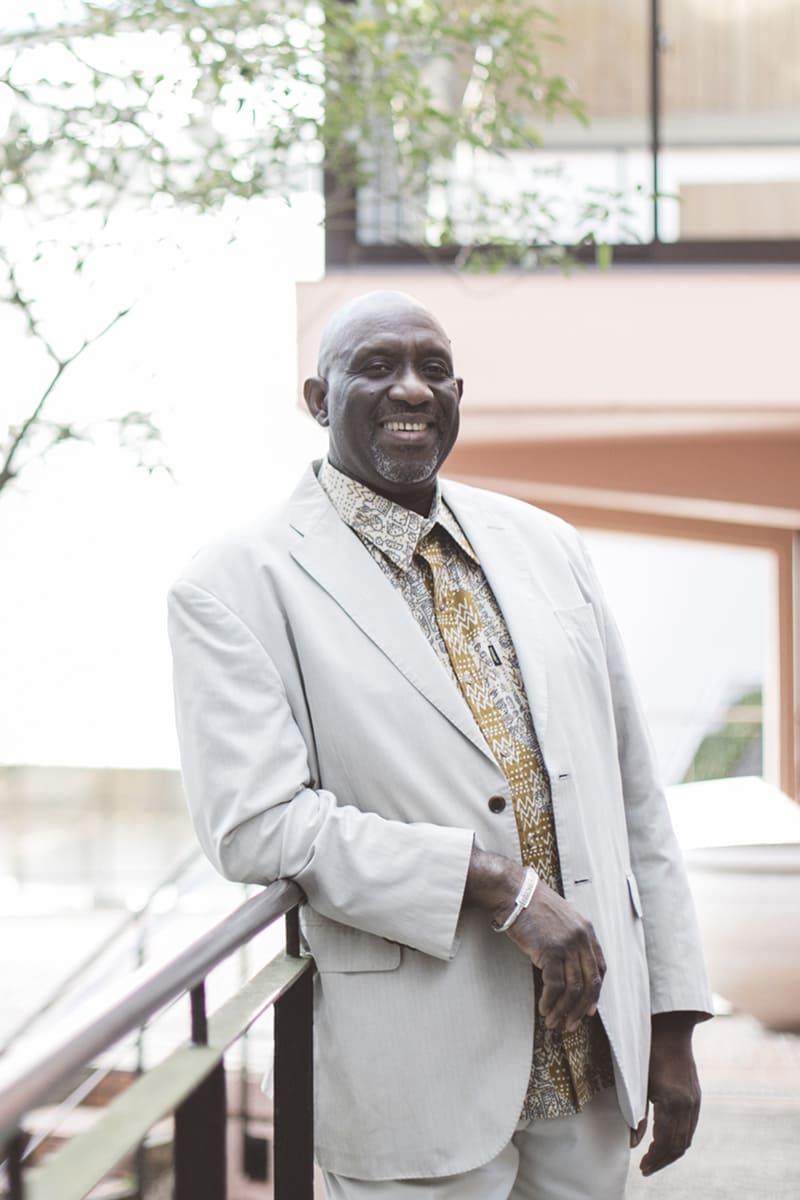
December 03, 2021
Kyoto Seika head Sacko flexes architecture for all
Community ownership central to sustainable design for Mali expert
- Name: Oussouby Sacko
- Title: President of Kyoto Seika University
- URL: https://www.kyoto-seika.ac.jp/eng/
- Hometown: Bamako, Mali
- Years in Japan: 30
Architecture significantly shapes our perception of society. The various elements that comprise a piece of architecture — materials, size, aesthetic design — reflect cultural values and economic development. For instance, skyscrapers indicate wealth and commercial activity, while renovated shrines reflect a collective respect for social traditions.
There is one element of architecture, however, that is often overlooked: social utility. When we come across an impressive building, how often do we raise the question of whether the structure benefits its surroundings or reflects the values of the community? This relationship between architecture and community is a central theme in the work of architect, researcher and educator Oussouby Sacko, the current president of Kyoto Seika University.
Sacko grew up in Bamako, the capital and largest city in the Republic of Mali, where he developed an interest in architecture at a young age. After graduating from high school, he received a government scholarship to study in China, first at the Beijing Language and Culture University and subsequently at the Southeast University in Nanjing, where he advanced to a master’s degree in architecture.
His first exposure to Japan was through Japanese classmates, and interactions with them impelled him to visit in the summer of 1990. During his stay, he was charmed by the politeness and hospitality of Japanese people and sensed a potential for greater academic freedom than was afforded to him in China at that time. Before completing his master’s studies, Sacko moved to Osaka to attend a Japanese-language school for six months and thereafter relocated to Kyoto, where he embarked on the next chapter of his academic career. In Kyoto, Sacko enrolled in a new master program and then continue to a Ph.D. in architecture program at the Kyoto University Graduate School of Engineering.
It was during his master’s studies that Sacko developed an interest in sustainable architecture. “The direction of my research shifted towards sustainable spaces,” Sacko said during an interview with The Japan Times. “That is, sustainable spaces that take into account people’s behavior and their way of thinking.”
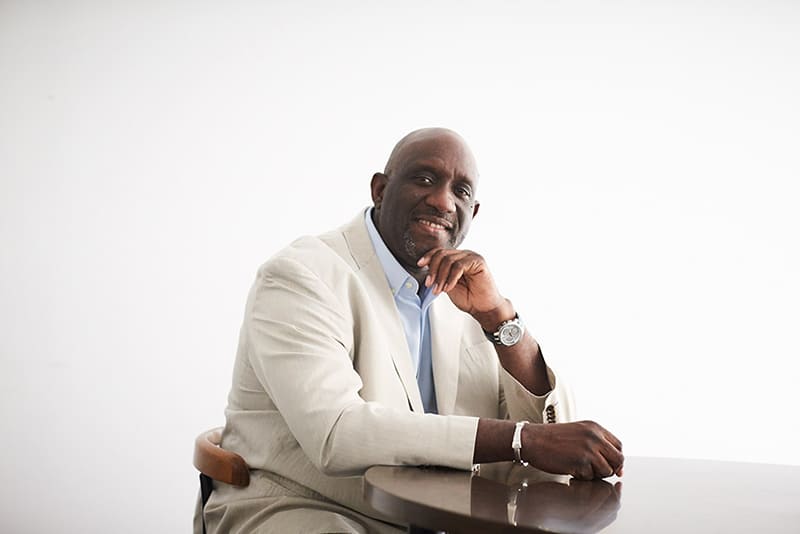
In Japan, Sacko’s philosophy regarding sustainable architecture crystallized. The notion of community ownership — something lacking in typical modern architectural design, according to him — became a central aspect of his understanding of sustainable design. “In modern architecture, which I also study, we think about projects for urban areas without really thinking about their surroundings; this can include the environment, human behavior or culture,” he said. “I travel a lot, and sometimes I notice the same building in several different countries, which tells me that the architects weren’t considering regional specificity when they decided to build them there. This led me to think about how we can achieve a more sustainable form of architecture that instills a sense of psychological ownership in locals. For me, this element is a key aspect of sustainable architecture.”
Sacko’s observations in his native country influenced his understanding of sustainable design. He described how in Mali there can be up to 70 people living in the same house, circumstances that have given form to unique ways of sharing space. “In this space, efficiency is impossible,” he said, “but when we surveyed 200 families, we found that they had developed an unusual way of cohabitation. Depending on the time of day, a space may be used as a living room, a kitchen or something else entirely. However, despite this situation, the residents don’t build physical barriers between each other.”
These findings have inspired Sacko and other Mali architects to develop architectural solutions that complement the culture of cohabitation in Mali households, rather than simply import notions of typical living arrangements from developed nations. “At first, people might be excited to be in a fashionably designed building, but if they don’t feel a sense of psychological ownership, this excitement will quickly fade away if the new building doesn’t accommodate their culture and actually improve their living environment,” he explained.
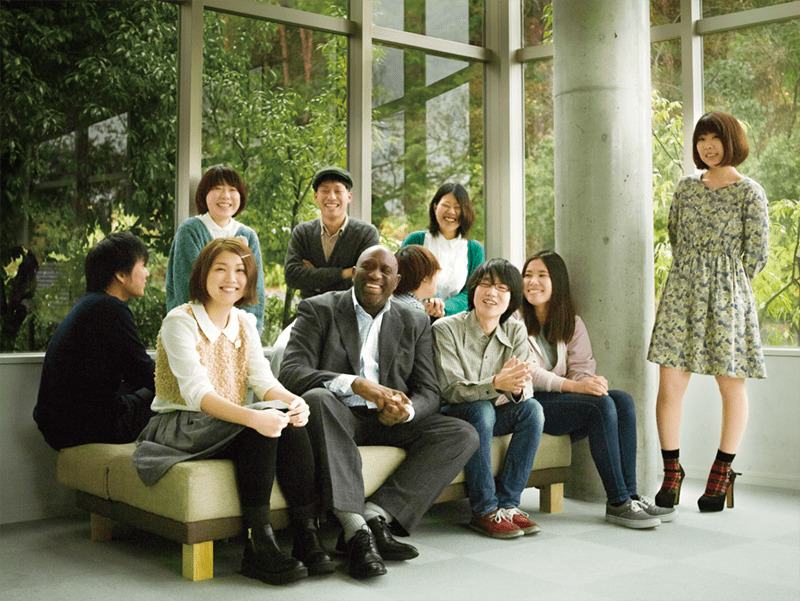
Sacko’s emphasis on integrated cohabitation and psychological ownership extends to the initiatives he has promoted as president of Kyoto Seika University, a position he assumed in 2018 after nearly two decades of work as a lecturer and professor. In Japan, there is a tendency among universities to make clear distinctions between Japanese students and international students via separate degree tracks or separate support offices specifically catered to international students. As president of Kyoto Seika University, Sacko has promoted initiatives to remove these distinctions and fully integrate the university so that Japanese and international students feel they have equal ownership of their learning environment.
“For instance, in Japan, universities generally have separate exams for foreign nationals,” Sacko said. “So, what we did was open all the exams to foreign nationals. The results were interesting because, for the first time, prospective international students were able to compete with Japanese students on a level playing field, whereas before they were only able to compete among themselves. We found that some foreign nationals surpassed Japanese students in terms of Japanese-language ability and in other fields such as manga or mathematics. Japan had never given international students that chance before.”
Sacko will finish his first term as president of Kyoto Seika University this academic year. It is not yet decided whether he will be appointed to a second term, but looking toward the future, he hopes to utilize his experiences in Japan to help improve the educational environments of universities in the developing world.

